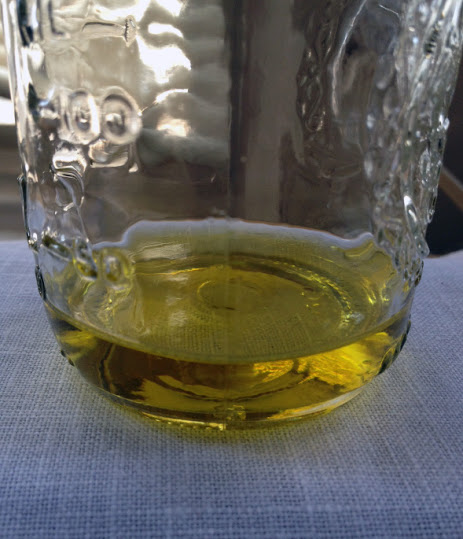Hugh Plat has a number of Manus Christi recipes. This one tends to be my go to recipe. However, while looking for oil decoctions I found another of his recipes from an earlier manuscript.
Wholesome and comfortable Manus Christi
Dissolve some of the whitest Barbary suger you can get, with a little rosewater in a small shallowe pipkin,that cotaineth 3 or 4 ounces & glased within, and having a smal lip, boile the same upon a soft fire, unto a stifnesse, or consistency(as they terme it) till a drop thereof being powred out of the lip upon a cold stone, become hard, and nor clammy when it is cold. And when you have your sugar boiled to this heigth, then having a cleane Marble stone, first sprinkeled over with fine flower, poure the same out by peecemeale, making each of them of the bignes of a groat or tester, or thereabouts, and when they are thorow cold, having a few droppes of the oyle cynamon, Cloves, mace, nutmegs, &c. in a silver-sþoone, with a small feather, give each of the Manus Christi a tuch onely with a little oyle, on the tippe of the feather, and so you may prepare a great many together of them with such oyles as the physician shal give direction, and in the eating of them, you shall finde them to warme and comfort your stomach exceedingly. Some do put in their oyles in the boyling of the Sirrop, but I holde the first to be the better way, both because you may make of severall sorts at-once, as also for that these oyles being over heated do lose a great part of their grace in tast.[1]
1 part sugar
1/2 part rosewater
- Mix sugar and water together and set on medium high heat.
- When temperature reaches 245° F remove from heat
- Stir with a wooden spoon until candy starts to cloud and turn opaque.
- Drop cooling candy onto a marble stone in quarter to half dollar sized rounds. If you do not have marble, use parchment paper.
- Once cool, brush with cinnamon, mace or clove oil.
- Store in air-tight container at room temperature.
I would not recommend adding oil to the confection as it is boiling. This introduces another impurity to the sugar as it boils. The oils end up getting removed with the scum, giving the end product a lesser flavor.
I made three oils using the Oyle of Rose method from mace, clove and cinnamon. I used chicken feathers to apply the oils to the confections as visitors requested a flavor. The oils were delicate and added a nice flavor to the rose sugar.
[1] Plat, Hugh “Diuers Chimicall Conclusions Concerning the Art of Distillation: With Many Rare Practices and Uses Thereof, According to the Authors Own Experience” 1594






